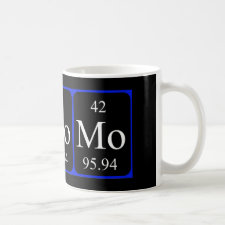
Authors: Ensing K, deBoer T
Article Title: Tailor-made materials for tailor-made applications: application of molecular imprints in chemical analysis.
Publication date: 1999
Journal: TrAC Trends in Analytical Chemistry
Volume: 18
Issue: (3)
Page numbers: 138-145.
DOI: 10.1016/S0165-9936(98)00103-4
Abstract: The development of new selective analytical methods and sample enrichment techniques remains of interest. The implementation of molecular imprints in chemical analysis may offer advantages over existing methodologies. Criteria for the applicability of molecular imprints in separation methods, ligand-binding assays, sample pre- treatment and sensors are defined. Each analytical problem requires imprints with specific characteristics. Affinities can be comparable with those observed for antigen-antibody interactions, which enables application in ligand-binding assays and for sensors. However, for application in separation methods, moderate affinities, allowing fast mass transfer between the mobile and stationary phase, are essential to obtain highly efficient separations. For sample pre-treatment procedures a large range of affinities can be used; however, large sample volumes can only be processed with high affinity materials. The sample pretreatment application directed to preconcentration leaks the mast promising. It is anticipated that molecular imprints will find a prominent place in pharmaceutical research, not only as a tool to improve selectivity and sensitivity in analytical methods but also for selective extraction of drugs or intermediates from reaction media. In an environmental context these imprints may be used for the analysis and/or removal of pollutants. (C) 1999 Elsevier Science B.V. All rights reserved



Join the Society for Molecular Imprinting

New items RSS feed
Sign-up for e-mail updates:
Choose between receiving an occasional newsletter or more frequent e-mail alerts.
Click here to go to the sign-up page.
Is your name elemental or peptidic? Enter your name and find out by clicking either of the buttons below!
Other products you may like:
 MIPdatabase
MIPdatabase









